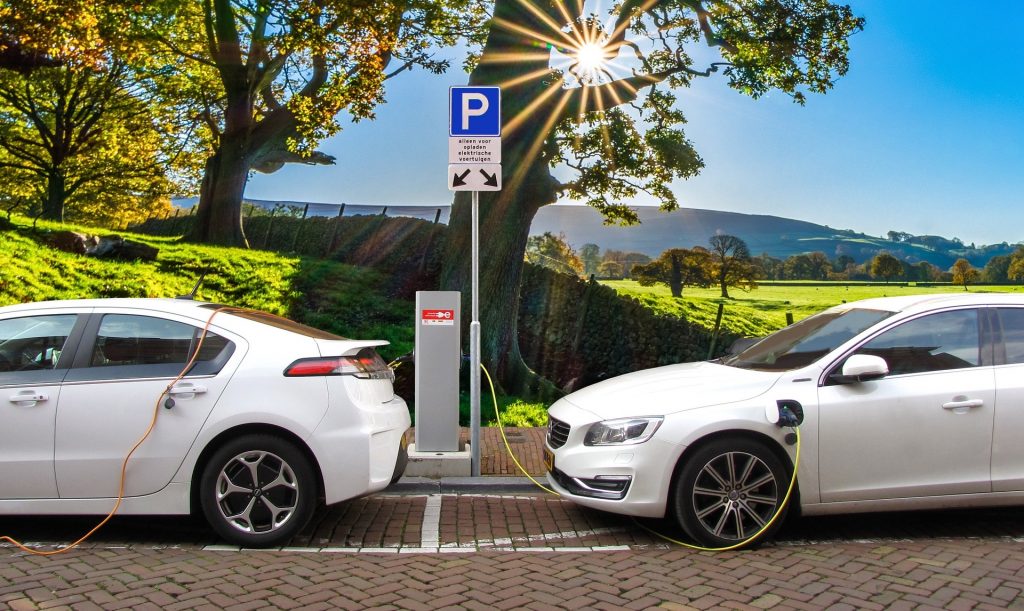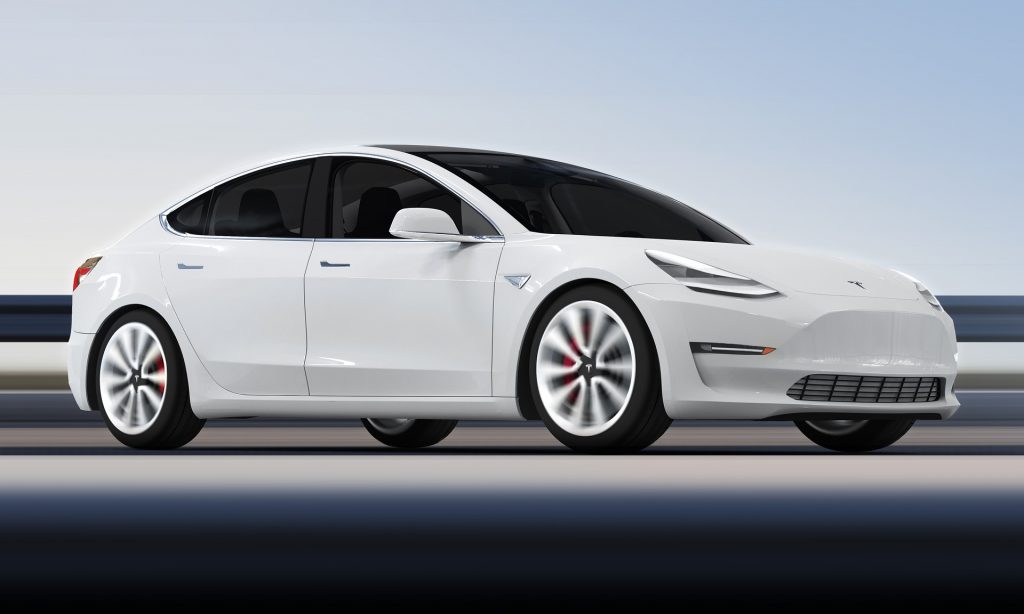The Australian Taxation Office (ATO) has announced that from July 1st 2022 employers do not pay Fringe Benefits Tax (FBT) on eligible electric cars and associated car expenses.
What electric cars are eligible?
The ATO website states that you do not pay FBT if you provide private use of an electric car that meets all of the following conditions:
- the car is a zero or low emissions vehicle;
- the first time the car is both held and used is on or after July 1 2022;
- An electric car is ‘held’ when it is owned, leased or otherwise made available by another entity.
- An electric car is considered ‘used’ when it is used or available for use by any entity or person.
- the car is used by a current employee or their associates (such as family members); and
- Luxury Car Tax (LCT) has never been payable on the importation or sale of the car.
- To be eligible for the exemption, the value of he electric car must be below the LCT threshold for fuel efficient vehicles at the time it is first sold in a retail sale, and in any subsequent sale. If the electric car was purchased second hand, you need to determine if it was subject to LCT at any time in the past.
Benefits provided under a salary packaging arrangement are included in the exemption.
The government will complete a review into this exemption by mid-2027 to consider electric car take-up. The ATO will provide an update when this review begins.
What is a zero or low emissions vehicle?
The ATO classes a vehicle as zero or low emissions if it satisfies both of the following conditions:
- It is a:
- battery electric vehicle;
- hydrogen fuel cell electric vehicle; or
- plug-in hybrid electric vehicle.
- It is a car designed to carry a load of less than 1 tonne and fewer than 9 passengers (including the driver).
Motorcycles and scooters are not cars for FBT purposes and do not qualify for the exemption, even if they are electric.
What about plug-in hybrid electric vehicles?
From April 1 2025, a plug-in hybrid electric vehicle will not be considered a zero or low emissions vehicle under FBT law. However, you can continue to apply the exemption if both the following requirements are met:
- Use of the plug-in hybrid electric vehicle was exempt before April 1 2025.
- You have a financially binding commitment to continue providing private use of the vehicle on and after April 1 2025. For this purpose, any optional extension of the agreement is not considered binding.

What are considered ‘associated’ car expenses?
The ATO considers the following car expenses exempt from FBT if they are provided for an eligible electric car:
- registration;
- insurance;
- repairs or maintenance; and
- fuel (including electricity to charge and run electric cars).
You may be able to reduce the FBT on any items that aren’t exempt car expenses, if the expenditure would have been deductible to the employee had they incurred it themselves. This is called the otherwise deductible rule.

Are home charging stations an ‘associated’ car expense?
A home charging station is not a car expense associated with providing a car fringe benefit for electric cars. However, it may be a property fringe benefit or an expense payment fringe benefit.
Reportable fringe benefits
Although the private use of an eligible electric car is exempt from FBT, you include the value of the benefit when working out whether an employee has a reportable fringe benefits amount (RFBA).
You will need to work out the notional taxable value of the benefits associated with the private use of the exempt electric car.
An employee has an RFBA if the total taxable value of certain fringe benefits provided to them (or their associate) is more than $2,000 in an FBT year. The RFBA must be reported through Single Touch Payroll or on the employee’s payment summary.
The amount of RFBA reported for an employee is not added to an employee’s taxable income for determining income tax and Medicare Levy liabilities. However, it is added to an employee’s taxable income for calculating Medicare Levy Surcharge liability, and is included in income tests for family assistance, child support assessments and some other government benefits and obligations.